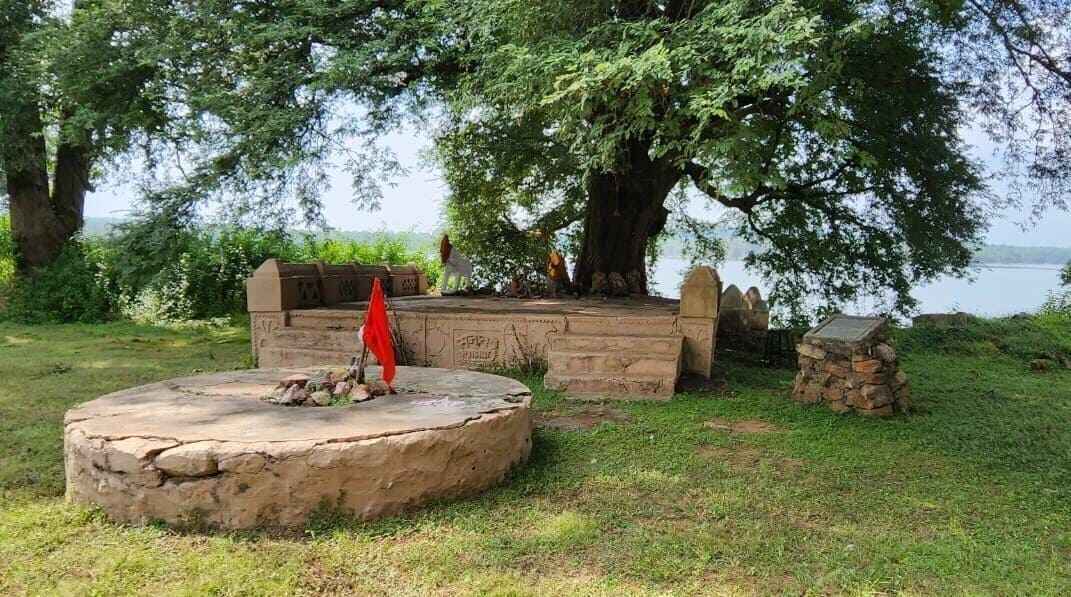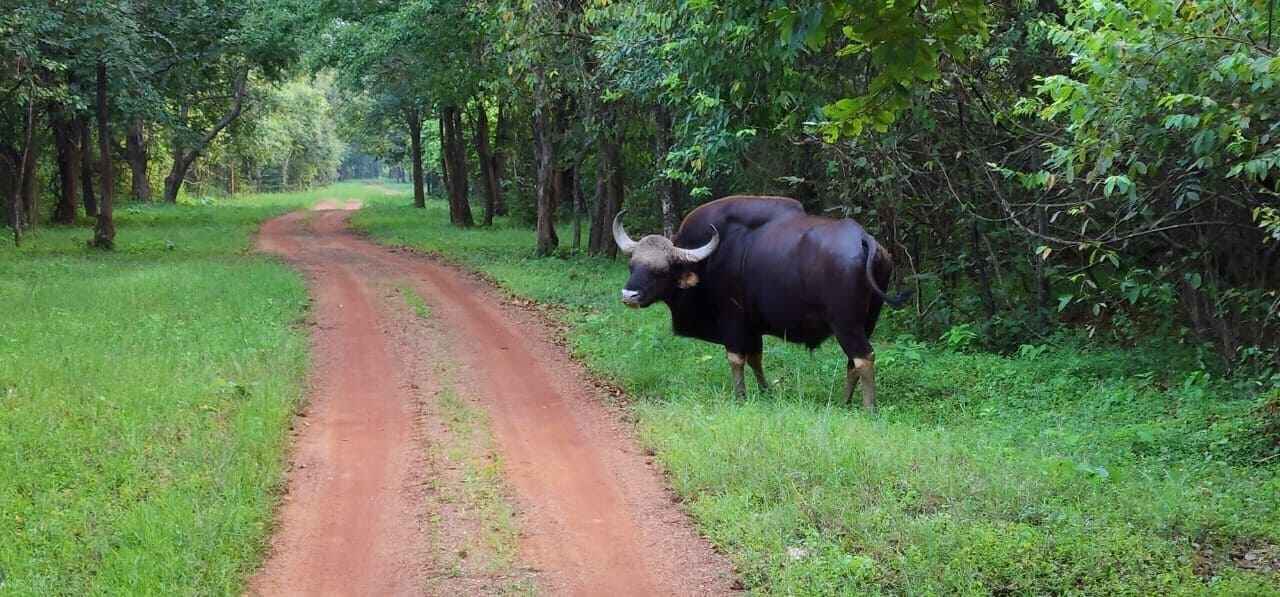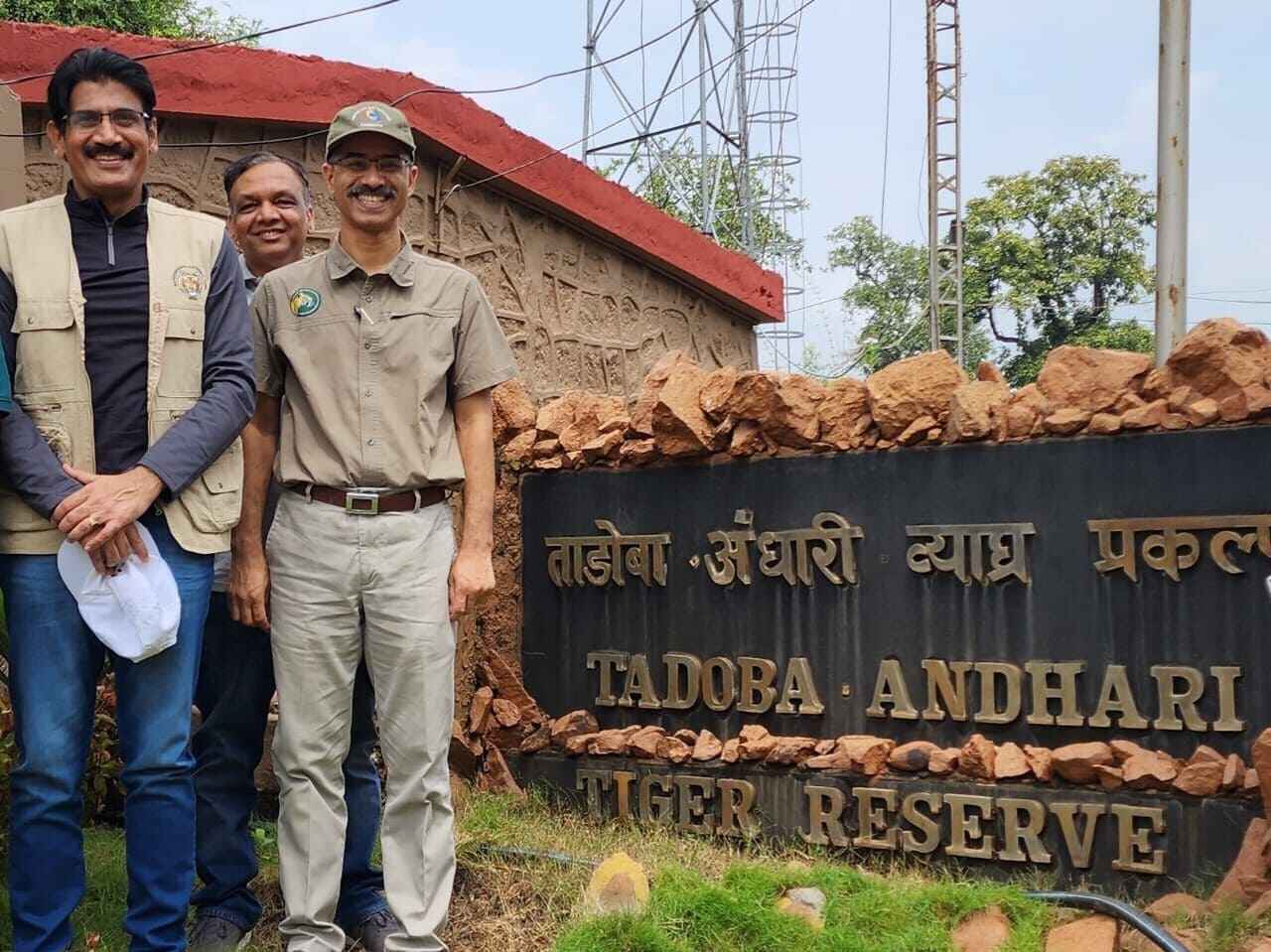The best safari is an ethical one!
Violation of any mentioned rules will
invite legal action and fine.





















I was extremely fortunate to trek and roam in Tadoba-Andhari Tiger Reserve (TATR) forests in Chandrapur, Maharashtra, along with two of my true forest lover friends (Shiv Pal Singh & Maneesh Mittal) in search of the experience it offers. As per folklore of the local Gond tribe, Taru, their respected village headman came across a mighty tiger at a lake near his village. A fierce battle ensued. While the outcome of the battle is debated, the man became a legend, a shrine was built in his honour on the lakeside and Tadoba got its name from his name.
While Tadoba got its name from Taru, Andhari refers to the Andhari river, which flows through the forests. The forests surrounding the Tadoba shrine have one of the highest tiger densities and the tigers here bow their heads in the shrine for the protection given by Taru’s people.
In 1931, the shooting of all animals was prohibited. The area got further protection with 45 Sq km surrounding Tadoba Lake getting the status of a sanctuary in 1935. It was further strengthened in 1955 with Tadoba getting the status as India's first national park along with Kanha. The Andhari Wildlife Sanctuary was established and added to the national park in 1986. The Tadoba-Andhari Tiger Reserve (TATR), now spans over 1,727 sq km including a buffer of 1,104 sq km.
While tigers are charismatic, the forest as a whole, including all creatures great and small, makes this tiger reserve tick. Its habitat covers the southern tropical dry deciduous jungle, its grasslands and water bodies, bamboo groves, and a keystone plant in this landscape that affords food, safe harbour, and ambush cover for various species. A stunning variety of insect and bird life can be found here. Prey species such as wild boars, sambar, and chital, as well as predators such as jungle cats and wild dogs, leopards, mugger crocodiles, and mighty tigers, are found in abundance.


This Tiger Reserve is now regarded as one of the world's most sought-after tiger destinations. The area is home to a large stable population of over 80 tigers in the reserve and 200 in the larger landscape.
The astounding success of Tadoba is attributed to the effective institutional delivery of a coherent ecosystem that synchronizes the efforts of all the stakeholders, foot soldiers, managers of the Reserve, scientists, field biologists, corridor managers, NGOs, etc. We were happy to meet the passionate field biologist Prajakta Hushangabadkar who is doing impressive work in the Tadoba landscape, especially in the field of prey preference of tigers through DNA analysis of its scat.
Salute to all the unsung heroes who have toiled day and night in the landscape and continue to remain committed to meeting the challenges ahead.